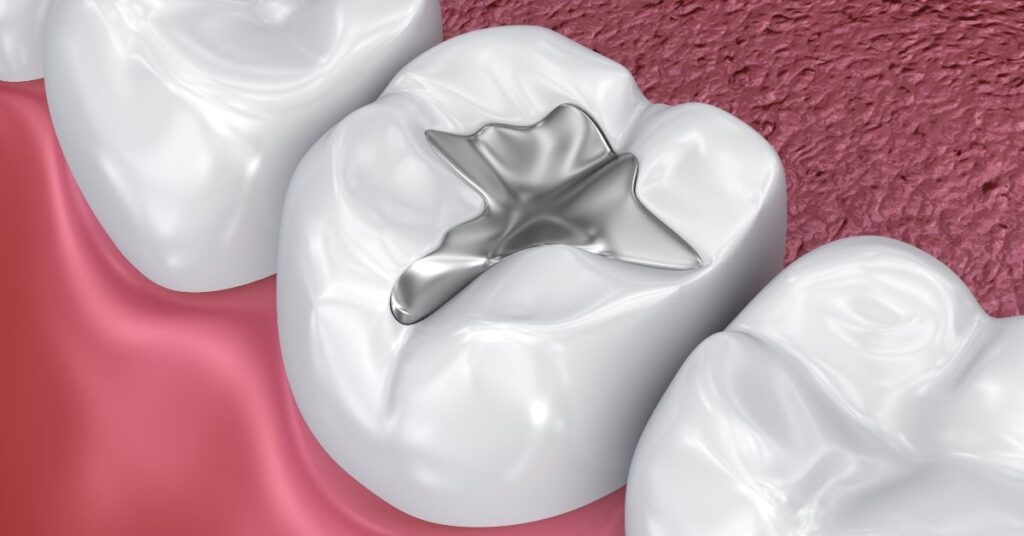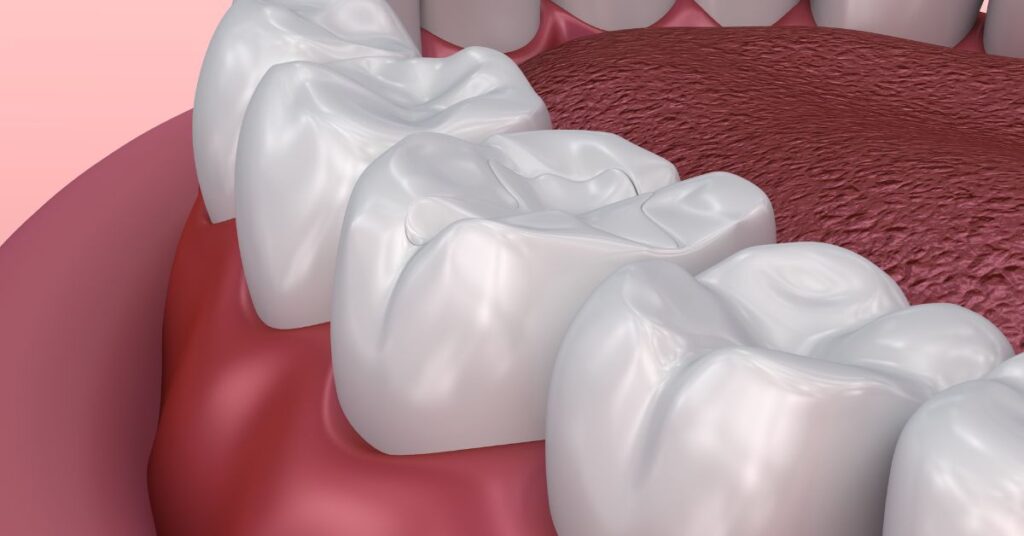
Introduction
The Prevalence of Cavities and Tooth Decay
Dental fillings are a common and effective treatment for cavities. They involve removing the decayed portion of the tooth and filling the area with a material such as amalgam, composite resin, gold, or porcelain. This process not only restores the tooth’s function and integrity but also prevents further decay. Regular dental check-ups and prompt treatment with dental fillings can significantly reduce the risk of more severe dental issues.
Importance of Dental Fillings as a Solution
When cavities form, dental fillings emerge as a crucial solution to restore tooth integrity. Fillings not only halt the progression of decay but also prevent potential complications like infections and tooth loss. By addressing cavities promptly, patients can maintain their oral health and avoid more intrusive procedures in the future.
Overview of the Article’s Structure
This article aims to provide a comprehensive guide to understanding dental fillings, their necessity, and how they work. By exploring the detection processes, the procedure itself, types of filling materials, aftercare tips, and answering frequent questions, readers will gain valuable insights into the importance of addressing cavities effectively.
Understanding Dental Fillings

What are Dental Fillings?
Dental fillings are restorative materials used to repair teeth damaged by decay, cracks, or fractures. Once the decay is removed from the affected area, a filling is placed to restore the tooth’s function and shape. Different materials can be used for fillings, each offering various benefits depending on the patient’s needs.
Why Are Fillings Necessary?
Fillings are essential for several reasons. First, they restore the structural integrity of teeth, enabling normal chewing and speaking. Second, they seal off the tooth to prevent bacteria from re-entering and causing further decay. Lastly, timely filling of cavities can prevent the need for more extensive dental work, such as crowns or root canals.
Common Symptoms Indicating a Cavity
Several signs may indicate the presence of a cavity, including persistent toothache, sensitivity to hot and cold, visible holes in teeth, or discoloration. If you experience these symptoms, it’s vital to seek dental evaluation promptly to determine if a filling is necessary.
The Dental Filling Procedure

Preparing for the Procedure: Patient Comfort
Before starting the filling procedure, a dentist discusses the treatment plan and answers any questions the patient may have. Ensuring patient comfort is a priority, as many individuals may feel anxious about dental work.
Anesthesia Administration: What to Expect
To minimize discomfort, a local anesthetic is administered to numb the area around the affected tooth. Patients typically experience little to no pain during the filling process due to this effective pain management technique.
Removal of Decayed Tissue: Techniques Used
Once the area is numb, the dentist will remove the decayed tissue using a dental drill or other specialized tools. This step is crucial to ensure that all bacteria are eliminated before filling the cavity.
Cleaning the Cavity: Ensuring a Bacterium-Free Environment
After the decay is removed, the dentist cleans the cavity thoroughly to remove any debris and bacteria, preparing the space for the filling material.
Filling the Cavity: Types of Materials Used
The choice of filling material generally depends on several factors, including the location of the cavity and the patient’s preference. The dentist places the filling material into the prepared cavity, carefully packing it to ensure a secure fit.
Curing the Filling: The Use of Dental Lights
If a composite resin is used, a dental light is applied to cure the filling, hardening the material for long-lasting durability. This step enhances the strength of the filling.
Final Adjustments: Shaping the Filling
Once the filling material is set, the dentist may make final adjustments to ensure that it fits well with the patient’s bite. This fine-tuning is essential for preventing issues like discomfort or difficulty in chewing.
Types of Dental Filling Materials

Amalgam Fillings: Pros and Cons
Amalgam fillings, made from a combination of metals, are renowned for their durability and strength, making them ideal for back teeth where pressure from chewing is greatest. However, their metallic appearance may not appeal to those seeking a more aesthetic solution.
Composite Resin Fillings: Aesthetic Benefits and Limitations
Composite resin fillings blend well with natural tooth color, making them an excellent choice for visible teeth. While aesthetically pleasing, they are less durable than amalgam fillings and may not be suitable for high-stress areas.
Other Filling Options: Glass Ionomer and Resin Ionomer
Glass ionomer and resin ionomer fillings release fluoride, which can help protect teeth against further decay. These materials are often used for fillings in areas not subjected to heavy chewing forces due to their comparatively lower strength.
Aftercare for Dental Fillings

Post-Procedure Sensations: What is Normal?
After receiving a dental filling, patients may experience mild tenderness or sensitivity around the treated area. This is typically expected and should subside in a few days.
Dietary Recommendations for Recovery
Immediately following the procedure, it’s advisable to consume only soft foods and liquids, particularly until any numbness has dissipated. Avoiding sticky or hard foods can prevent damage to the new filling.
Oral Hygiene Practices Post-Filling
To maintain the longevity of the filling, patients should resume normal brushing and flossing, ideally the day after the procedure. Proper oral hygiene is vital in preventing further cavities and ensuring overall oral health.
Monitoring for Potential Complications
It’s essential to monitor the filling site for any unusual symptoms, such as heightened sensitivity or pain. If issues persist, contacting the dentist for a follow-up appointment is crucial.
Conclusion
In conclusion, getting a dental filling is a crucial step in addressing cavities and maintaining your oral health. By opting for a dental filling, you can prevent further decay and restore the function and appearance of your teeth. Visit Sri Sanjeevini Dental today to learn more about how a dental filling can benefit you and to schedule your appointment for a healthier, brighter smile!
